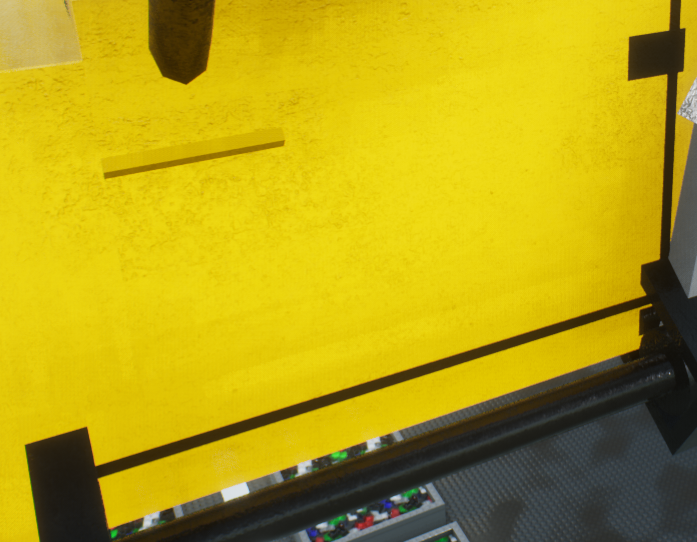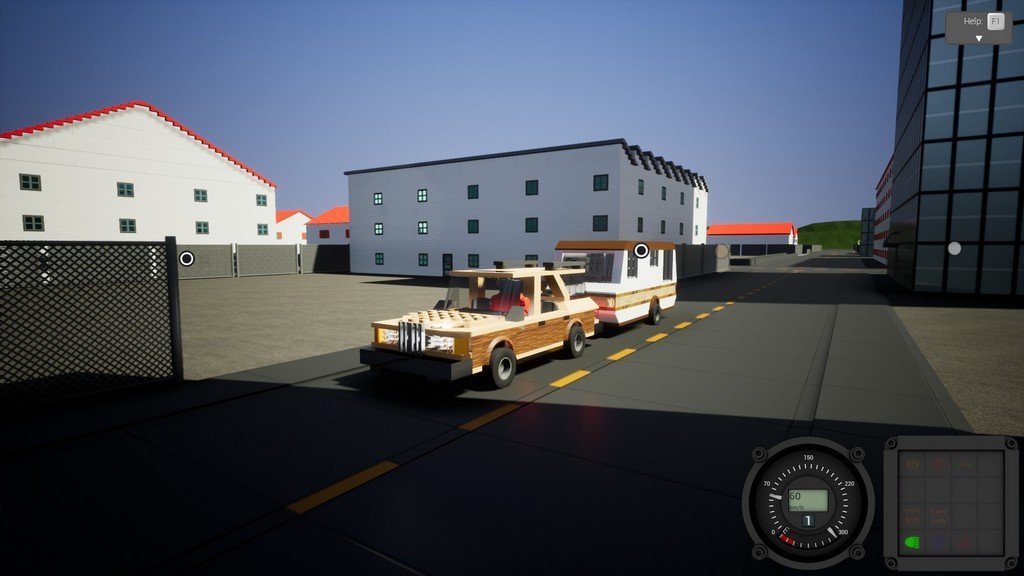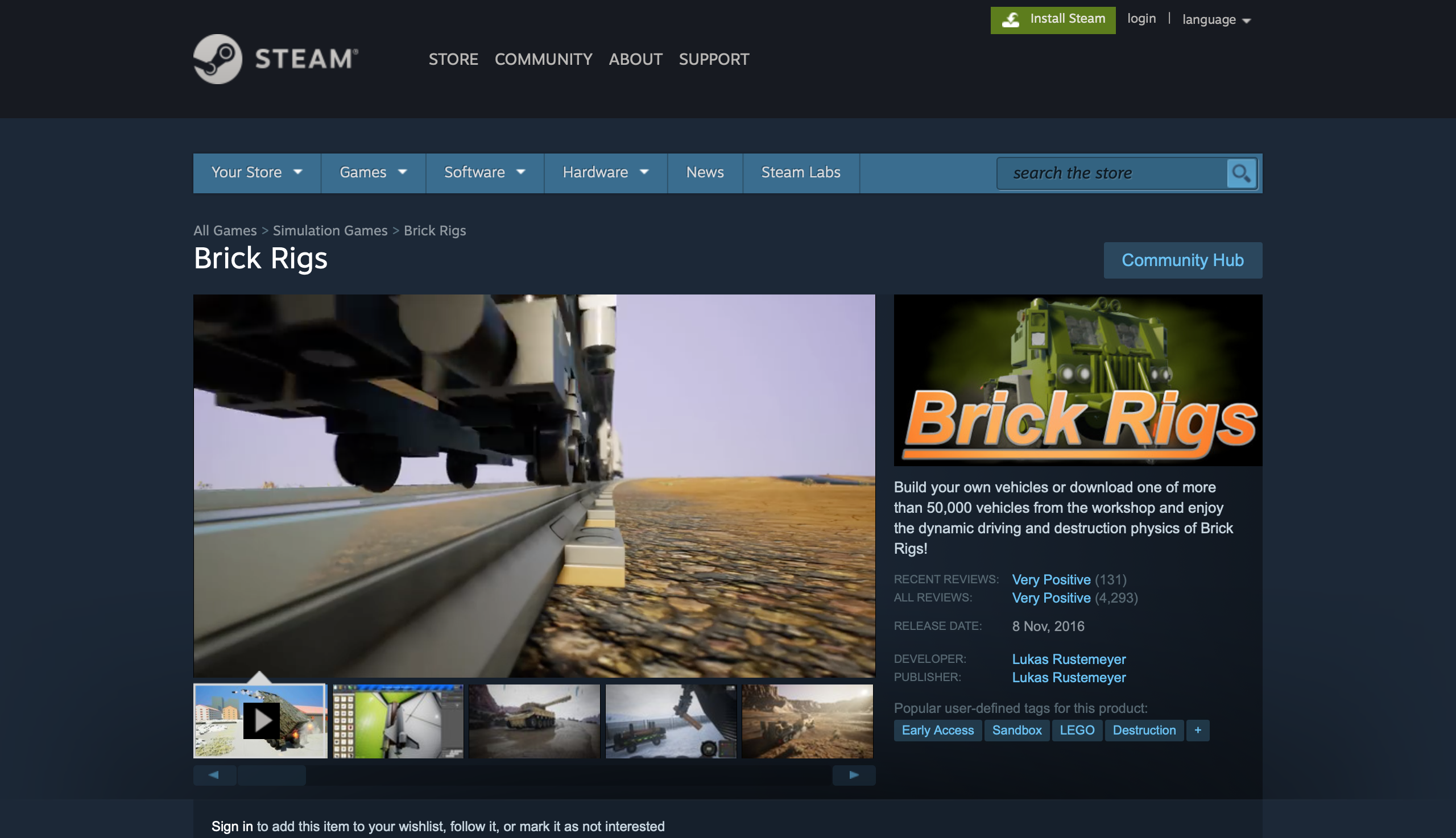

The leaders o the group wis James an Thomas Harkness, an the ambush wis set at Glenvalentine infaw, upshottin in the officer commaundin being shotten throu the heid an the troups firin a single volley afore surrenderin thair preesoners. On 29 Julie 1684, the Enterkin Pass wis the scene o a dramatic rescue, the "Enterkin Raid", bi twal Covenanters, o five o thair colleagues an a meenister that wis unner convoy bi sodgers takkin thaim fae Dumfries tae Thornhill tae Edinburgh. The Rescue o the Covenanters ĭalgarnock Kirk whaur James Harkness is buirit. A metalt road is praisent near Inglestane an a public road rins via Muiryhill, turnin wast til the A76 Nithsdale road an thance tae Enterkinfuit. Descendin sooth fae the rig, thare is views o Enterkin Glen. The paith duin is on the west bank o the Enterkin Burn for awmaist 2 mile until it reaks Glenvalentine fae whaur it ascends in a soothren direction fae the burn til the rig abuin. The praisent-day paith, gaun east fae Wanlockheid passes aroond the wast side o Stake Hill an jynes the road til the radar station, leavin again tae rin sooth til the Enterkin Pass atween Lowther Hill an East Munt Lowther. The oreeginal paith an loan ran fae near the schuil an wis cut aff bi the railwey, bit it uised tae direct rin fae Enterkinfuit wi anither route fae the sooth brainchin aff fae the Dalveen Pass road. but we know nothing more noticeable, more unlike any other place, more impressive, than this short, deep, narrow, and sudden glen." " A few steps and you are on its edge, looking down giddy and amazed into its sudden and immense depths. " Enterkin, the frightfullest pass, and most dangerous that I met with, between that and Penmenmuir in North Wales."

In 1726 Daniel Defoe, writin in " A Tour Thro' the Whole Island of Great Britain" (1726) descrived the pass: Its oreegins micht be a medieval traivelers route, or made in the 16t century tae facilitate the transport o leid fae the mines bi pack horses wi packets tae Dumfries. The Enterkin Pass wis ane on the auld routes, a bridle-paith, rinnin north fae Nithsdale intae Clydesdale, thegither wi the nearby Minnock, Well, an Dalveen Passes, crossin the Lowthers an then onwart tae Edinburgh or Glesga. The lade ran doun as a wuiden troch cairyin the watter fae a sloosh near the railwey viaduct, spleetin intil a spillwey an the lade til the wheel on the tither side o the road. An aulder mill staunds alangside wi various ootbiggins, a causeyed close, a smaw wawed gairden, and an auld puidge. The miller's hoose is o a reid saundstane biggin an the lean-tae eikins at ilk gavel end ance hoosed a smiddy an a shop respective.

By 1898 the mair recent twa-story mill is merkit as a meal mill raither nor a corn mill. Enterkine Foot is merkit on Crawford's 1804 map. In 1776 Entrakinfoot is the spellin uised. Roy's map records "Entrikin Foot", "Water of Entrican" and the "Entriken Path". The burn is recordit as "Interkyn" in 1745. The 1654 Joan Blaeu map records an aw a "Mill o Inter".

Timothy Pont's map o circa 1583-96 shaws "Interk? Mill" at the same poseetion (NS 857042) as the later mill. A haly wall is shawn at the 'Holywell Cleuch' abuin Hapland Ferm (wi no recordit history) wi a brainch o the Enterkin Paith rinnin up the glen on the eastren side. A public hoose stuid neist til the Enterkin Burn on the soothren side.Įnterkinfoot School an schuilhoose wis situatit near the cots at Auchenbraith. A nummer o smaw cots, mony awnt bi the Duke o Buccleuch, made up the oreeginal veelage, some o thaim is occupee'd yet. The aurie is famous for its association wi the Covenanters an the events o the sae-cried 'Killin Times' that occurt durin the rings o Charles II, Keeng o Scots an James VII, Keeng o Scots an hinderly led til the Presbyterian Kirk o Scotland. The burn haes its infaw here wi the River Nith. The veelage is noo consistent kent as Enterkinfuit an the burn recordit as Enterkin Burn wi its soorce 5 mile awa on the wastren slope of Lowther Hill.


 0 kommentar(er)
0 kommentar(er)
